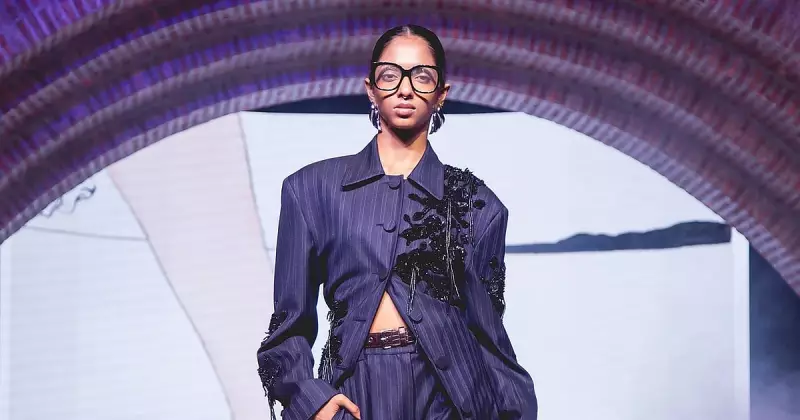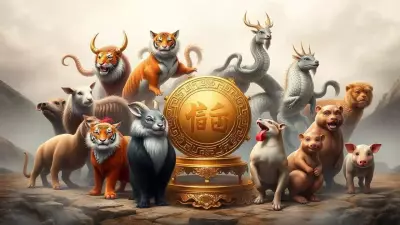
The classic suit has undergone a remarkable transformation from its origins as a symbol of sober professionalism to its current status as a versatile fashion statement seen on red carpets worldwide. This sartorial journey spans centuries, reflecting changing social norms and fashion sensibilities.
The Humble Beginnings in 19th Century
The modern suit first emerged in the 19th century as a carefully crafted statement of both sobriety and social standing. During this period, the suit represented more than just clothing—it signaled professionalism, respectability, and class status. The original designs prioritized structure and formality, creating a uniform that distinguished gentlemen in business and high society.
This foundational era established the basic elements that would define men's formal wear for generations to come. The attention to tailoring, fabric quality, and precise fit set standards that continue to influence contemporary suit design.
Contemporary Interpretations and Design Innovations
Recent fashion developments highlight how far the suit has evolved from its traditional roots. Designer Jade Blue recently showcased innovative suit designs that demonstrate the garment's modern versatility. The presentation featured models Caio Awez and Pradyuman, who displayed how contemporary suits blend classic elements with fresh, fashion-forward approaches.
These new interpretations maintain the suit's sophisticated foundation while incorporating modern cuts, fabrics, and styling techniques that make them appropriate for everything from boardroom meetings to high-profile red carpet events.
The Suit's Enduring Legacy and Future Directions
The evolution of the suit reflects broader changes in how we perceive professionalism, gender expression, and personal style. What began as a rigid uniform has transformed into a canvas for individual expression while maintaining its core identity as a symbol of elegance and authority.
Today's designers continue to reinvent this classic garment, pushing boundaries while honoring its rich history. The suit's ability to adapt to changing times while retaining its essential character explains why it remains a wardrobe staple centuries after its initial appearance.
As fashion continues to evolve, the suit stands as a testament to the enduring power of timeless design, proving that true style transcends temporary trends and maintains relevance across generations and occasions.





